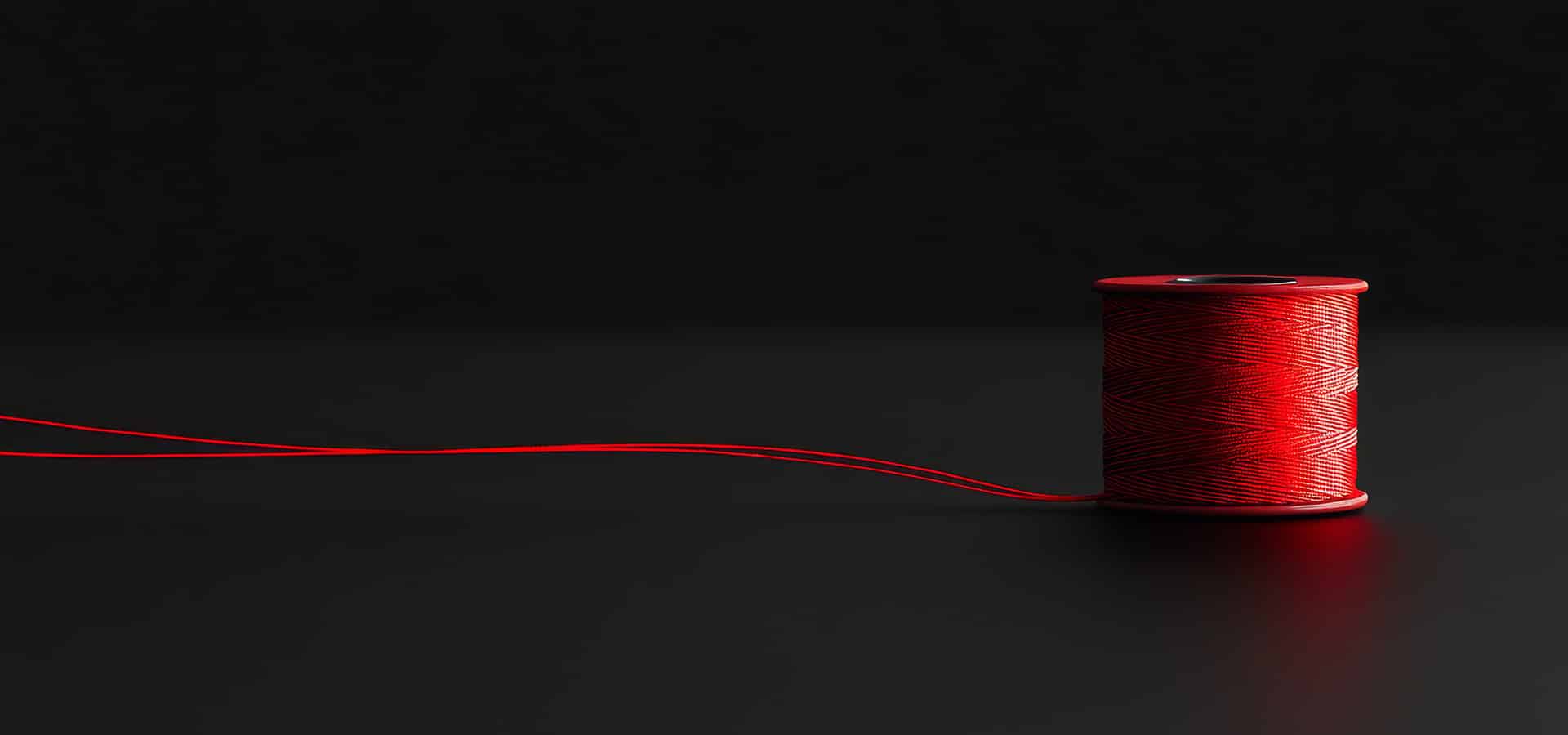There seems to be two opposing camps when it comes to the idea of investing in quality design: those who see it as an indulgence and those who consider good design as inseparable from good business. We’re here to discuss exactly why the second camp is spot on.First, let’s get the indulgence opinion out of the way: this is an old-fashioned attitude toward business, the idea that a product merely needs to be solid and solidly marketed to sell. If the product works, then the market simply needs to be informed of this fact. Right?
This thinking only applies in a theoretical world. In our knotty, emotional real world, the way that ideas are conveyed and crafted is just as important as the message itself. The way a product feels is just as important as how it functions. The real world is not short on great examples of this philosophy in practice.
Let’s take Apple for example. Of course, a conversation on design would be negligent to leave the computing behemoth out. Under the tutelage of Steve Jobs and beyond, Apple has become a design powerhouse, cornering market share on a handful of intuitive and high-minded principles governing the products, marketing, and most importantly, the end-user experience.
This coherency of Apple’s minimalist design attracts the eye in all formats and is an immediate staple of their brand. In print, white-background ads fill magazine pages with a singular image of bold simplicity. Online, the interfaces click and slide with clockwork precision and a complete lack of clutter. In your hand, the devices themselves work intuitively, opening up and humming away with the stroke of a finger. Everything locks together in a way that just feels right.
No one would question Apple’s dominance at this point, with a share of the mobile phone market higher than any other individual company and a permanent place at the big kid’s table in every other field they’ve entered.
What is the major difference with companies like this? Design is seen as an elemental priority, with the creative forces reporting directly to the top brass and no one else. Design is seen as something intrinsic to the business, as important as any other aspect in crafting a successful endeavor.
Placing design in a leadership role allows it to thrive beyond mere window dressing. It becomes a unified code that runs through the business hierarchy, informing every facet of operation.
Preeminent Braun designer Dieter Rams once said, “My work was only possible because I was reporting directly to the chairman of the board. Design has to be insulated at a high level. Otherwise, you can forget it.” Rams’ work for Braun, spanning a galaxy of iconic products from the 1950s to the 1970s, ensures his demi-god status in the design world to this day.
When design is treated merely as an afterthought, it becomes the proverbial “arranging the deck chairs on the Titanic” for a business.
As a friend put it bluntly: “Could you imagine walking into a business with the paint peeling off the walls and a stain on the carpet? No running water, and the salespeople looking bored and unwashed? THAT is what people see when they see terrible design.”
This business could hold the next evolution in battery technology or a groundbreaking web platform, but if investors and customers are turned off at first glance, it can be all for naught.
In a competitive business environment, thoughtful design focus can elevate a business, making the crucial leap above the pack necessary to gain attention and market share. Good design is a critical function that needs to be built into a business, rather than patched on afterward.
For a startup with a deep well of ingenuity and a distinct lack of funding, great design can make all the difference in the world. For an established company, great design can make you leap ahead of your competitors without changing your products or services. Either way, it is worth the initial cost.
When ideas need to be heard, the best design language can tap into human empathy and attraction more than any cold facts or numbers. Real life plays it out: money spent on quality work will always be worth it.
Does your design need work?











